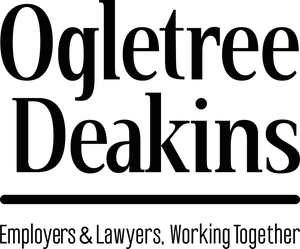The Alliance’s Action Steps are designed to assist organizations with implementing practical strategies and policies related to diversity and flexibility. Members can access full versions of all of the Alliance’s Action Steps in the Member Resource Center.
In our 2019 Law Firm Flexibility Benchmarking Report, nearly all participating law firms have formal flexibility programs (90%), but the vast majority (66.7%) do not offer education around their flexible work program. Education is vital for flex employees to implement effective work practices and for supervisors to understand how to optimally manage flex employees. When done properly, flex education helps flex employees work more effectively, develop professionally, and advance.
For maximum benefits, organizations can create a solid flex education program by thinking through content, delivery, and audience. With our recommendations below, organizations can implement a best-in-class program which will directly improve the success, utilization, and effectiveness of their flex initiatives.
Members can access the complete Action Step in the Member Resource Center. To read this entire Action Step become a member of the Diversity & Flexibility Alliance. To learn more about developing and implementing a successful flexible working policy, contact Manar Morales.

 Morales: What was the impetus for creating a formal flex policy?
Morales: What was the impetus for creating a formal flex policy?